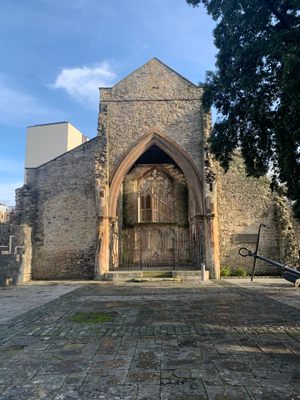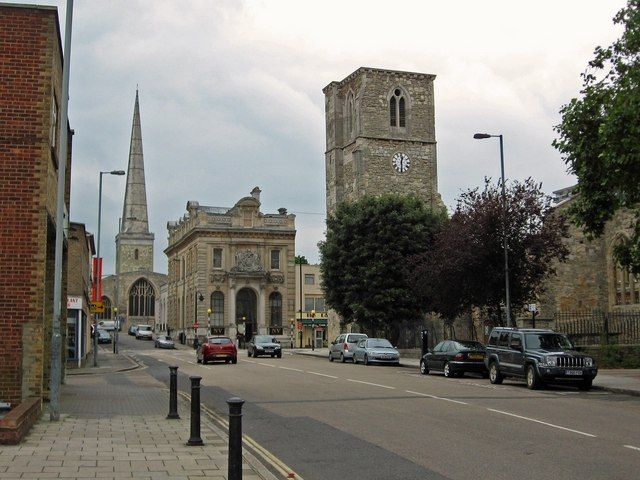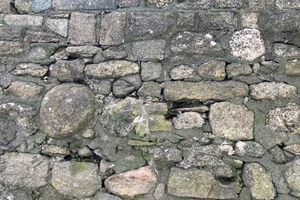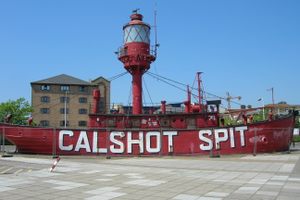About
Southampton city center is a strange mixture of medieval relics and 1950s architecture, a legacy of World War II bombs and often misguided 20th-century town planning. The tragic ruins of Holyrood Church, first built in 1320, are a permanent reminder of this history. In November 1940, using the recognizable white-painted spire of neighboring St. Michael's Church as a guide, the German Luftwaffe dropped 800 high-explosive bombs and 9,000 incendiary bombs on the blacked-out port city. Much of the historic city center and dockyard, including seven churches, were badly damaged or destroyed, yet nearby St. Michael's, with its easily spotted spire, was saved.
After the war, Holyrood Church was spared the fate of other historic buildings damaged in the "Southampton blitz" bombing raids. Rather than removing the remains, the bombed-out ruins were dedicated in 1957 as a memorial garden to the memory of merchant sailors who used to worship there, including the 549 Southampton-resident sailors killed on board the ill-fated RMS Titanic. Holyrood Church was restored in 2004, when the whole structure was once more at risk of collapse. Around £670,000 of U.K. Heritage Lottery Fund money was secured to preserve the ruins.
Embedded in the pavement just outside the church is a metal cross. The main story associated with this cross is that during the 1862 opening of the Hartley Institution, people lined the road to observe the event and some spectators even climbed the church to get a good viewpoint. A stone was dislodged from the church as it was climbed and tumbled to the ground below, luckily, no one was injured or killed, but a cross was installed to mark the impact point and remember the close call.
Related Tags
Know Before You Go
The Holyrood Church ruins are on the corner of High Street and Bernard Street, adjacent to the large anchor. When open, the inner courtyard is fully accessible.
Southampton has numerous other medieval relics spread throughout the otherwise modern city, and it's worth taking the time to seek them out.
Published
June 28, 2019
Sources
- https://en.wikipedia.org/wiki/Southampton_Blitz
- https://en.wikipedia.org/wiki/Holyrood_Church
- http://www.dailyecho.co.uk/heritage/titanic/trail/locations/9443605.Holyrood_Church/
- http://www.dailyecho.co.uk/news/15198967.Funds_raised_to_build_memorial_for_Southampton_sailors_killed_in_Titanic_sinking/




















































